When it comes to insulation, the primary goal is to maintain temperature control, whether in residential, commercial, or industrial applications. However, not all insulating materials are created equal, especially when it comes to their heat resistance. Understanding which type of insulating material is most heat-resistant is crucial for engineers, architects, and builders who aim to optimize energy efficiency and safety in their projects. This article delves into the various types of insulating materials, their heat resistance capabilities, and practical applications, providing a comprehensive overview for professionals in the field.
Understanding Heat Resistance in Insulating Materials
Heat resistance refers to the ability of a material to withstand high temperatures without degrading or losing its insulating properties. This characteristic is vital in applications where exposure to extreme heat is a concern, such as in industrial furnaces, aerospace components, and even residential attics in hot climates. The effectiveness of an insulating material is often measured by its thermal conductivity (k-value), with lower values indicating better insulating properties.
Types of Heat-Resistant Insulating Materials
- Ceramic Fiber Insulation
- Overview: Ceramic fiber insulation is made from alumina-silicate fibers and is renowned for its exceptional heat resistance, capable of withstanding temperatures up to 1,600°C (2,912°F).
- Applications: Commonly used in high-temperature industrial applications, such as kilns, furnaces, and boilers, ceramic fiber is also utilized in aerospace and automotive industries for thermal protection.
- Advantages: Lightweight, flexible, and resistant to thermal shock, ceramic fiber insulation is an excellent choice for environments where extreme temperatures are prevalent.
- Mineral Wool (Rock Wool)
- Overview: Mineral wool, or rock wool, is produced from volcanic rock and is capable of withstanding temperatures up to 1,000°C (1,832°F).
- Applications: It is widely used in building insulation, fireproofing, and soundproofing applications. Its fire-resistant properties make it a popular choice for commercial buildings and industrial facilities.
- Advantages: Mineral wool is non-combustible, provides excellent sound insulation, and is resistant to moisture, making it a versatile option for various applications.
- Fiberglass Insulation
- Overview: Fiberglass insulation is composed of fine glass fibers and can withstand temperatures up to 260°C (500°F).
- Applications: Commonly used in residential and commercial buildings, fiberglass insulation is ideal for attics, walls, and floors.
- Advantages: It is cost-effective, widely available, and provides good thermal performance, although it is not as heat-resistant as ceramic fiber or mineral wool.
- Aerogel Insulation
- Overview: Aerogel is a highly porous material known for its remarkable insulating properties and can withstand temperatures up to 1,200°C (2,192°F).
- Applications: Due to its lightweight and high-performance characteristics, aerogel is used in aerospace, oil and gas industries, and even in building insulation for energy-efficient designs.
- Advantages: Aerogel offers the lowest thermal conductivity of any solid material, making it an excellent choice for applications where space is limited and thermal performance is critical.
- Calcium Silicate Insulation
- Overview: Calcium silicate insulation is a rigid material that can withstand temperatures up to 1,000°C (1,832°F).
- Applications: It is commonly used in industrial applications, such as pipe insulation and equipment insulation in power plants and refineries.
- Advantages: Calcium silicate is non-combustible, resistant to moisture, and provides excellent thermal performance, making it suitable for high-temperature environments.
Factors to Consider When Choosing Heat-Resistant Insulating Materials
When selecting the most appropriate heat-resistant insulating material for a specific application, several factors must be considered:
- Temperature Range: Assess the maximum temperature the material will be exposed to and choose a product that can withstand those conditions without degrading.
- Thermal Conductivity: Look for materials with low thermal conductivity to ensure optimal insulation performance.
- Moisture Resistance: Consider the environment in which the insulation will be installed. Materials that resist moisture will prevent mold growth and maintain their insulating properties over time.
- Fire Resistance: For applications where fire safety is a concern, select materials that are non-combustible and meet relevant fire safety standards.
- Cost and Availability: Evaluate the budget and availability of materials, as some high-performance insulations may be more expensive or harder to source.
Conclusion
In conclusion, the choice of insulating material plays a critical role in ensuring energy efficiency and safety in various applications. While ceramic fiber and aerogel stand out as the most heat-resistant options, each material has its unique advantages and applications. By understanding the properties and capabilities of these materials, professionals can make informed decisions that enhance the performance and safety of their projects. Whether you are designing a high-temperature industrial facility or seeking energy-efficient solutions for residential buildings, selecting the right heat-resistant insulating material is essential for achieving optimal results.
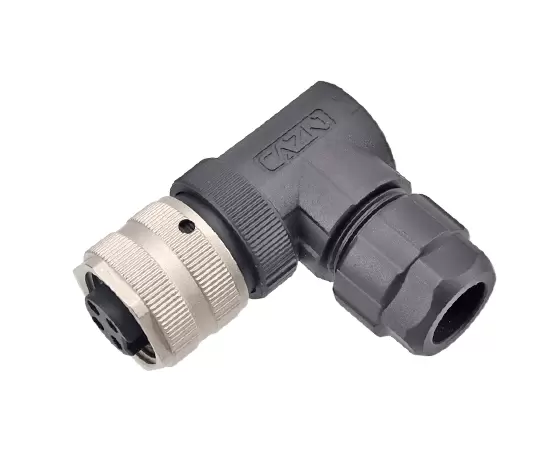

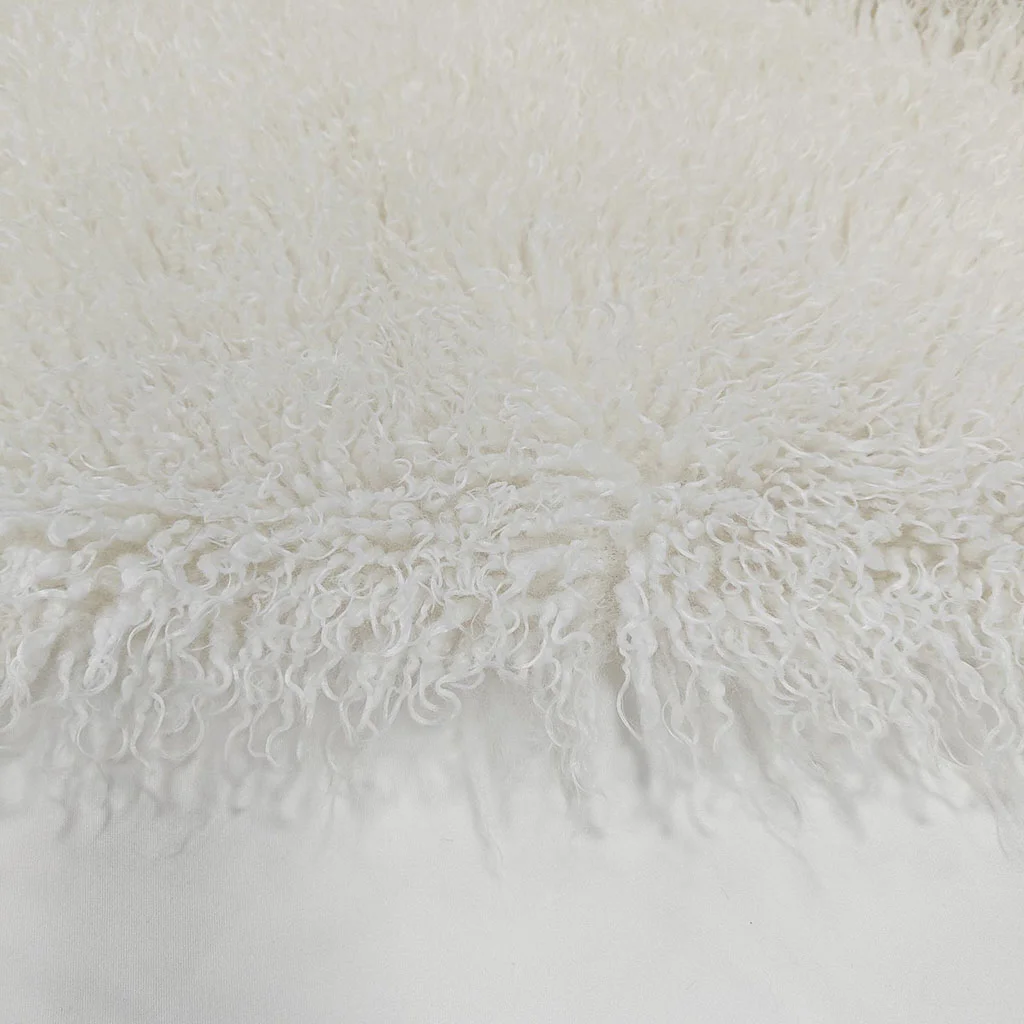


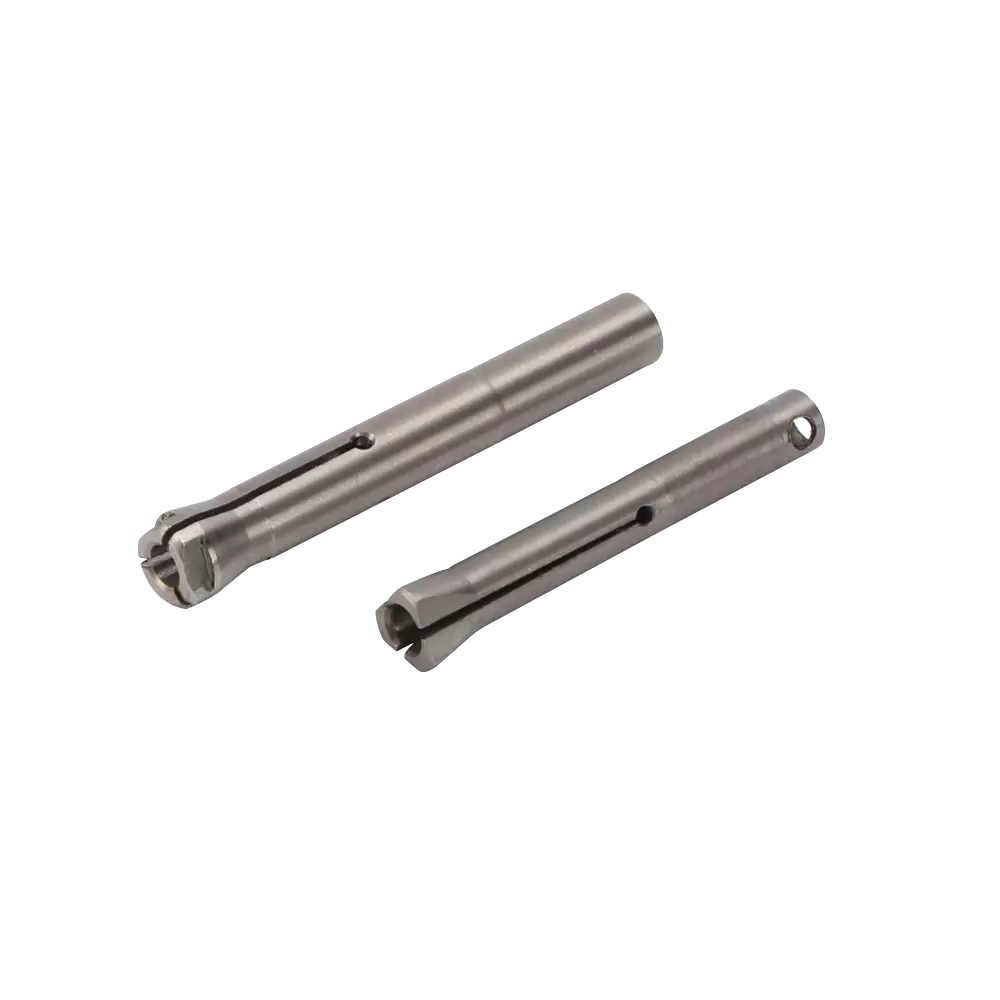

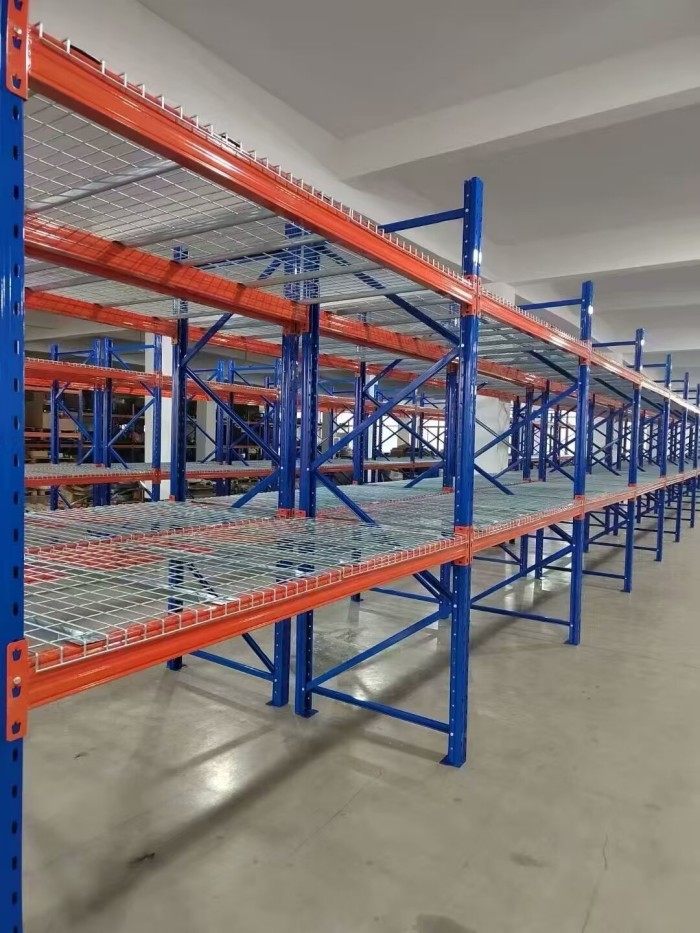
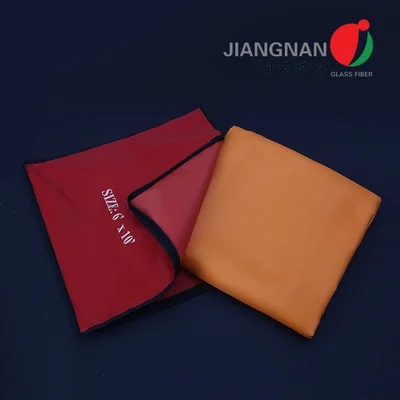

+ There are no comments
Add yours